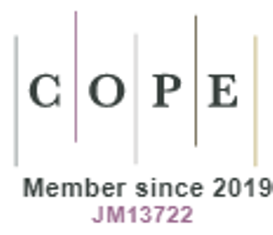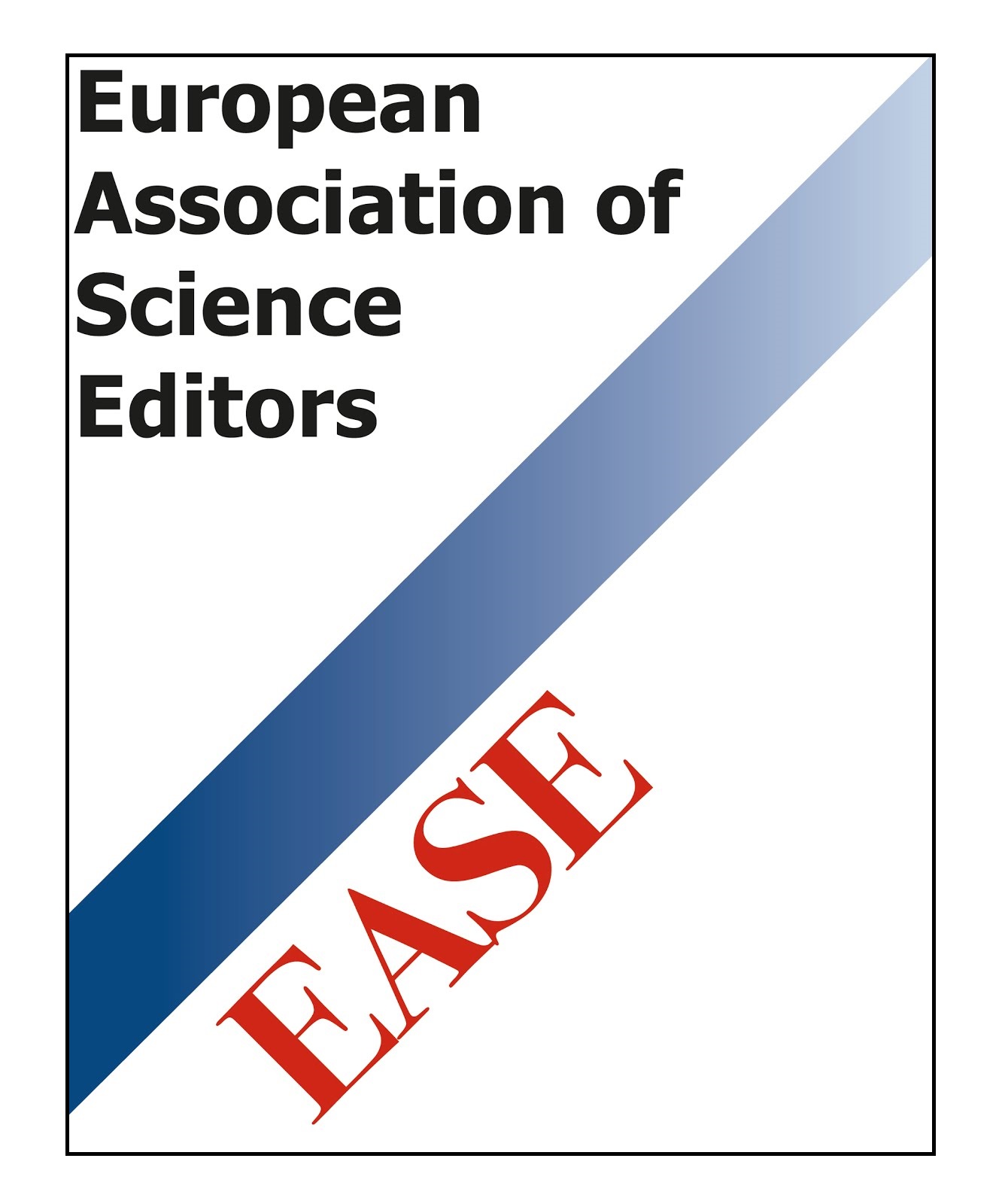Texture One Zero Model Based on A4 Flavor Symmetry and its Implications to Neutrinoless Double Beta Decay
DOI:
https://doi.org/10.15415/jnp.2021.91012Keywords:
Inverse seesaw, Neutrinoless double beta decay, A4 flavor group, Texture one zeroAbstract
Neutrinos are perhaps the most elusive particles in our Universe. Neutrino physics could be counted as a benchmark for various new theories in elementary particle physics and also for the better understanding of the evolution of the Universe. To complete the neutrino picture, the missing information whether it is about their mass or their nature that the neutrinos are Majorana particles could be provided by the observation of a process called neutrinoless double beta (0νββ) decay. Neutrinoless double beta decay is a hypothesised nuclear process in which two neutrons simultaneously decay into protons with no neutrino emission. In this paper we proposed a neutrino mass model based on A4 symmetry group and studied its implications to 0νββ decay. We obtained a lower limit on |Mee| for inverted hierarchy and which can be probed in 0νββ experiments like SuperNEMO and KamLAND-Zen.
Downloads
References
R. N. Mohapatra, Phys. Rev. Lett. 56, 561 (1986). https://doi.org/10.1103/PhysRevLett.56.561
M. C. Gonzalez-Garcia and J. W. Walle, Phys. Lett. B 216, 360 (1989). https://doi.org/10.1016/0370-2693(89)91131-3
F. Deppisch and J. W. F. Walle, Phys. Rev. D 72, 036001 (2005). https://doi.org/10.1103/PhysRevD.72.036001
M. Magg and C. Wetterich, Phys. Lett. B 94 , 61 (1980). https://doi.org/10.1016/0370-2693(80)90825-4
H. Ishimori, T. Kobayashi, H. Ohki, H. Okada, Y. Shimizu and M. Tanimoto, Prog. Theor. Phys. Suppl. 183, 1 (2010). https://doi.org/10.1143/PTPS.183.1
P. H. Frampton, S. L. Glashow and D. Marfatia, Phys. Lett. B 536, 79 (2002). https://doi.org/10.1016/S0370-693(02)01817-8
Z. -Z. Xing, Phys. Lett. B 530, 159 (2002). https://doi.org/10.1016/S0370-2693(02)01354-0
W. Guo and Z. -Z. Xing, Phys. Rev. D 67, 053002 (2003). https://doi.org/10.1103/PhysRevD.67.053002
S. Dev and S. Kumar, Mod. Phys. Lett. A 22, 1401 (2007). https://doi.org/10.1142/S0217732307021767
S. Dev, S. Kumar, S. Verma and S. Gupta, Phys. Rev. D 76, 013002 (2007). https://doi.org/10.1103/PhysRevD.76.013002
S. Dev, S. Verma, S. Gupta and R. R. Gautam, Phys. Rev. D 81, 053010 (2010). https://doi.org/10.1103/PhysRevD.81.053010
S. Verma, Adv. High Energy Phys. 2015, 385968 (2015). https://doi.org/10.1155/2015/385968
S. Dev, S. Kumar and S. Verma, Mod. Phys. Lett. A 24, 2251 (2009). https://doi.org/10.1142/S0217732309030680
S. Verma, M. Kashav and S. Bhardwaj, Nucl. Phys. B 946, 114704 (2019). https://doi.org/10.1016/j.nuclphysb.2019.114704
S. Verma and M. Kashav, Mod. Phys. Lett. A 35, 2050165 (2020). https://doi.org/10.1142/S0217732320501655
A. S. Barabash, J. Phys. Conf. Ser. 375, 042012 (2012). https://doi.org/10.1088/1742-6596/375/1/042012
F. Granena et al., arXiv:0907.4054[hep-ex].
J. J. Gomez-Cadenas et al., Adv. High Energy Phys. 2014, 907067 (2014). https://doi.org/10.1155/2014/907067
A. Gando et al., Phys. Rev. Lett. 117, 082503 (2016). https://doi.org/10.1103/PhysRevLett.117.082503
C. Licciardi, J. Phys. Conf. Ser. 888, 012237 (2017). https://doi.org/10.1088/1742-6596/888/1/012237
I. Esteban, M. Gonzalez-Garcia, M. Maltoni, et al. J. High Energ. Phys. 2020, 178 (2020). https://doi.org/10.1007/JHEP09(2020)178.
Downloads
Published
How to Cite
Issue
Section
License
Copyright (c) 2021 Rishu Verma, Monal Kashav, Ankush, Gazal Sharma, Surender Verma, B. C. Chauhan

This work is licensed under a Creative Commons Attribution 4.0 International License.
View Legal Code of the above-mentioned license, https://creativecommons.org/licenses/by/4.0/legalcode
View Licence Deed here https://creativecommons.org/licenses/by/4.0/
| Journal of Nuclear Physics, Material Sciences, Radiation and Applications by Chitkara University Publications is licensed under a Creative Commons Attribution 4.0 International License. Based on a work at https://jnp.chitkara.edu.in/ |














